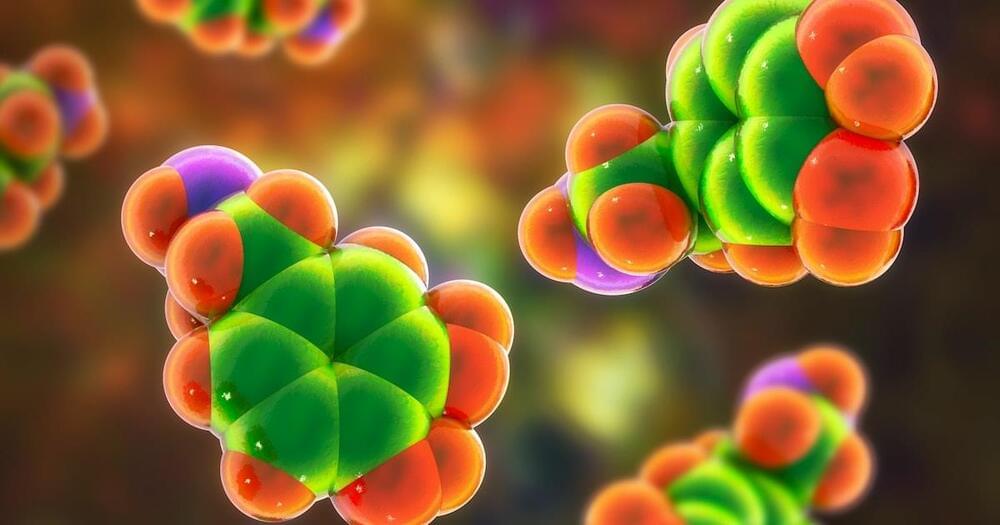Oct 1, 2023
Migraine headaches: What are they and how do you treat them?
Posted by Shubham Ghosh Roy in categories: education, food
The first time it happened, I was in a high school physics class. Suddenly, I couldn’t read half of the board. A crack zig-zagged through my vision, obscuring my teacher’s notes. “Huh,” I thought. “This can’t be good.”
My classmate walked me to the school nurse, who called my mom. Pain rippled from the back of my neck to my forehead. I’d had headaches before, but not like this. “Ah, your first migraine,” Mom said. “Welcome to the club.”
For nearly a billion people worldwide, migraine attacks disrupt work, vacation and school. They can be triggered by stress, weather changes, hormone shifts, missed meals or sleep changes — in other words, just about anything. These reoccurring headaches often spur pain on one side of the head. They can last a few hours or a few days, and they can cause nausea along with sensitivity to noises and light.


















